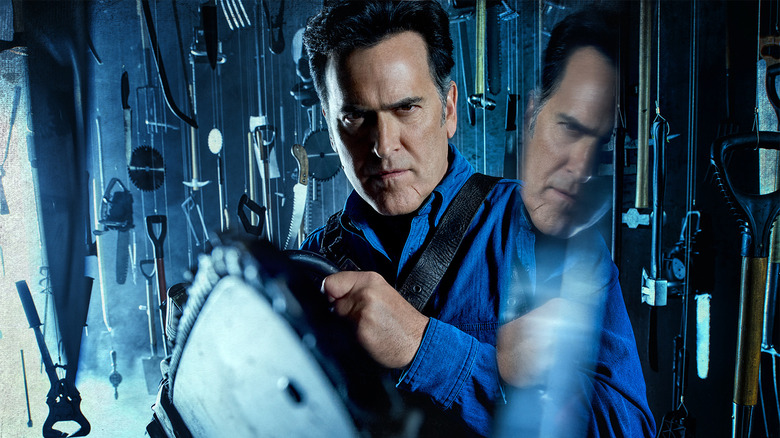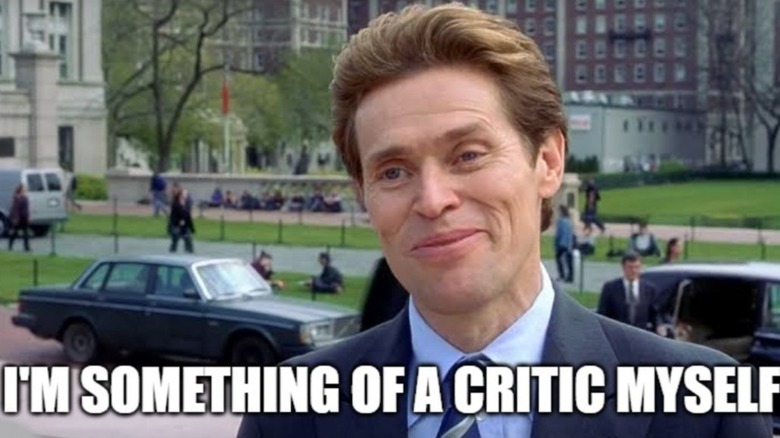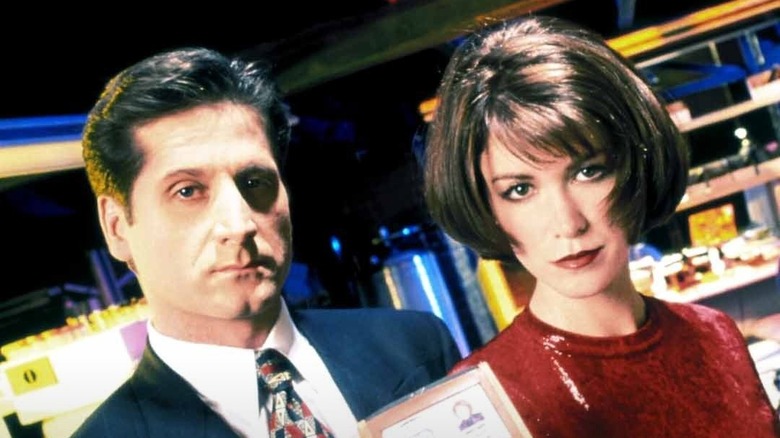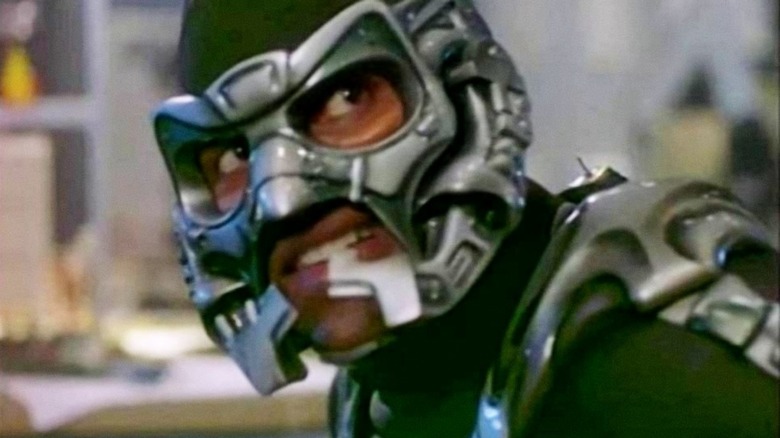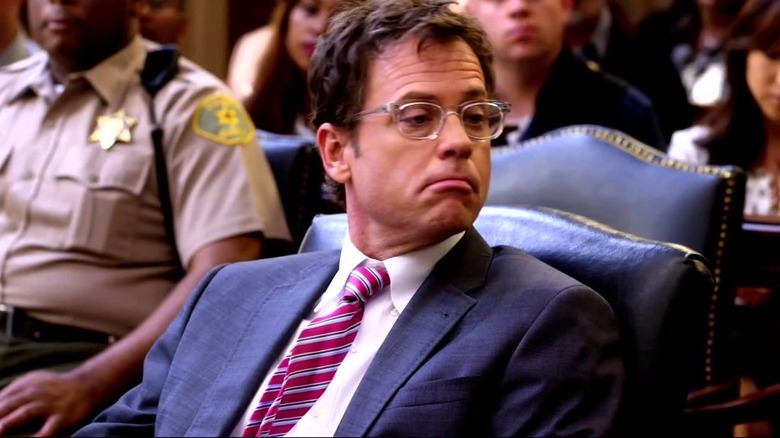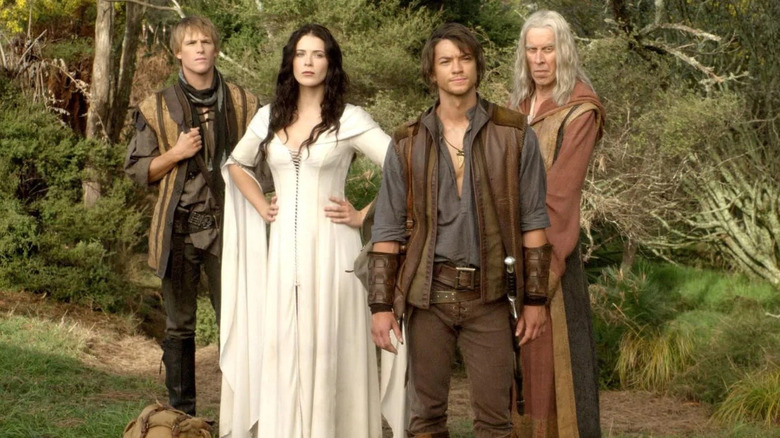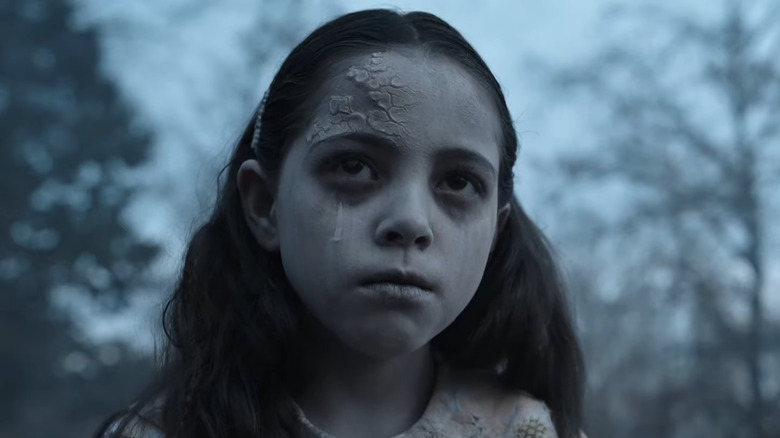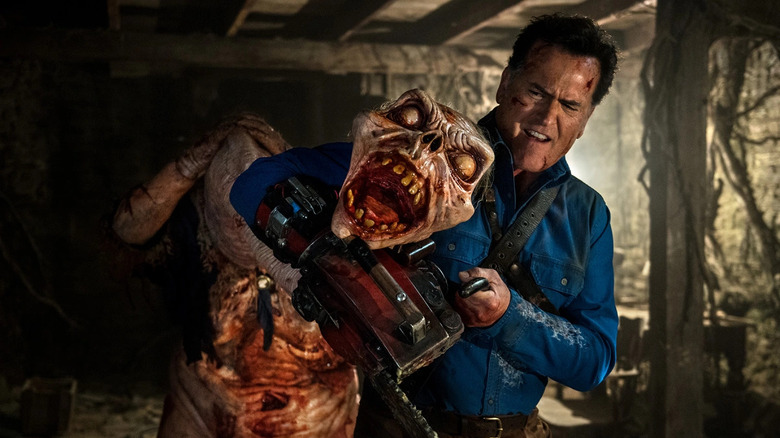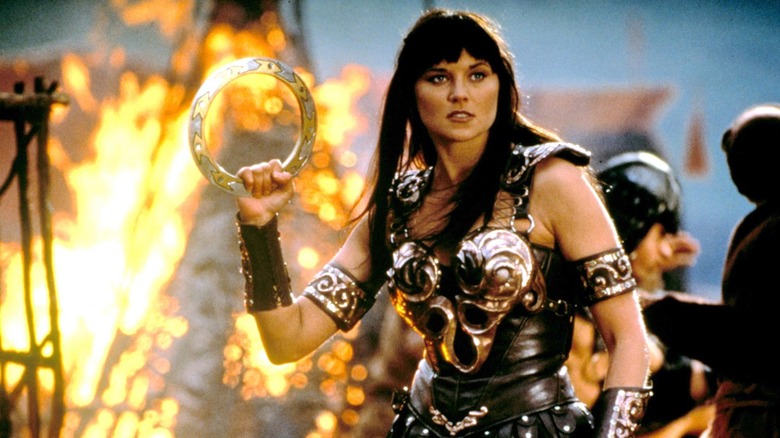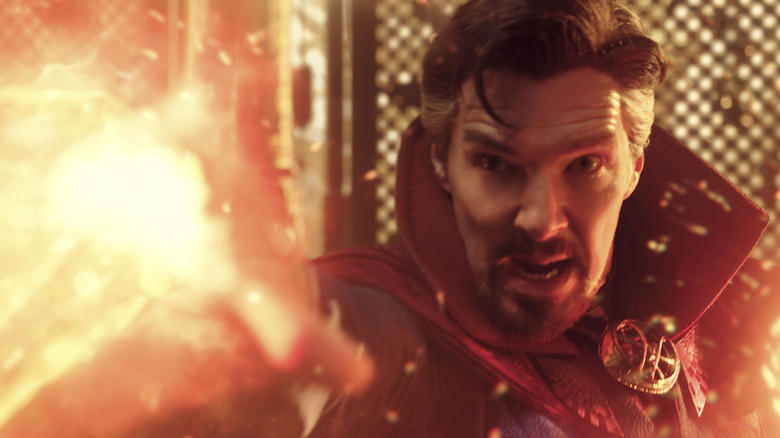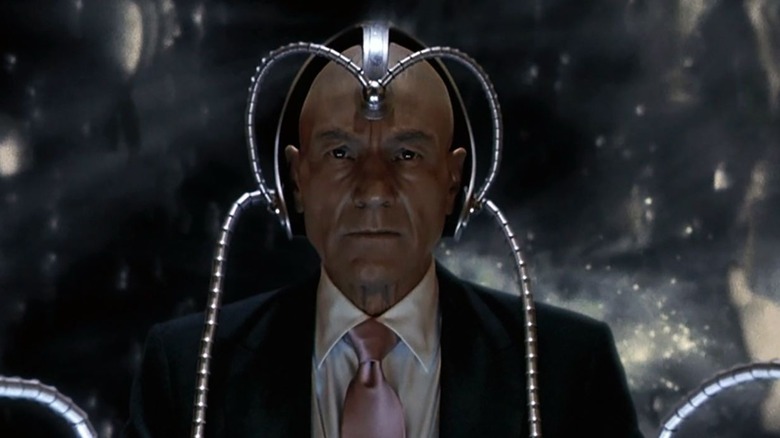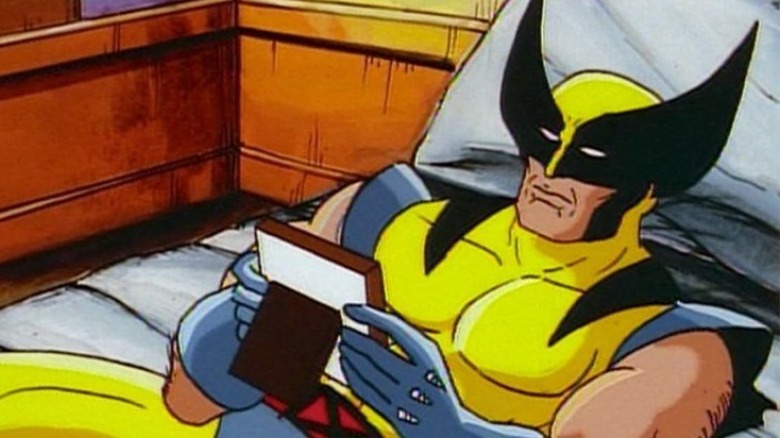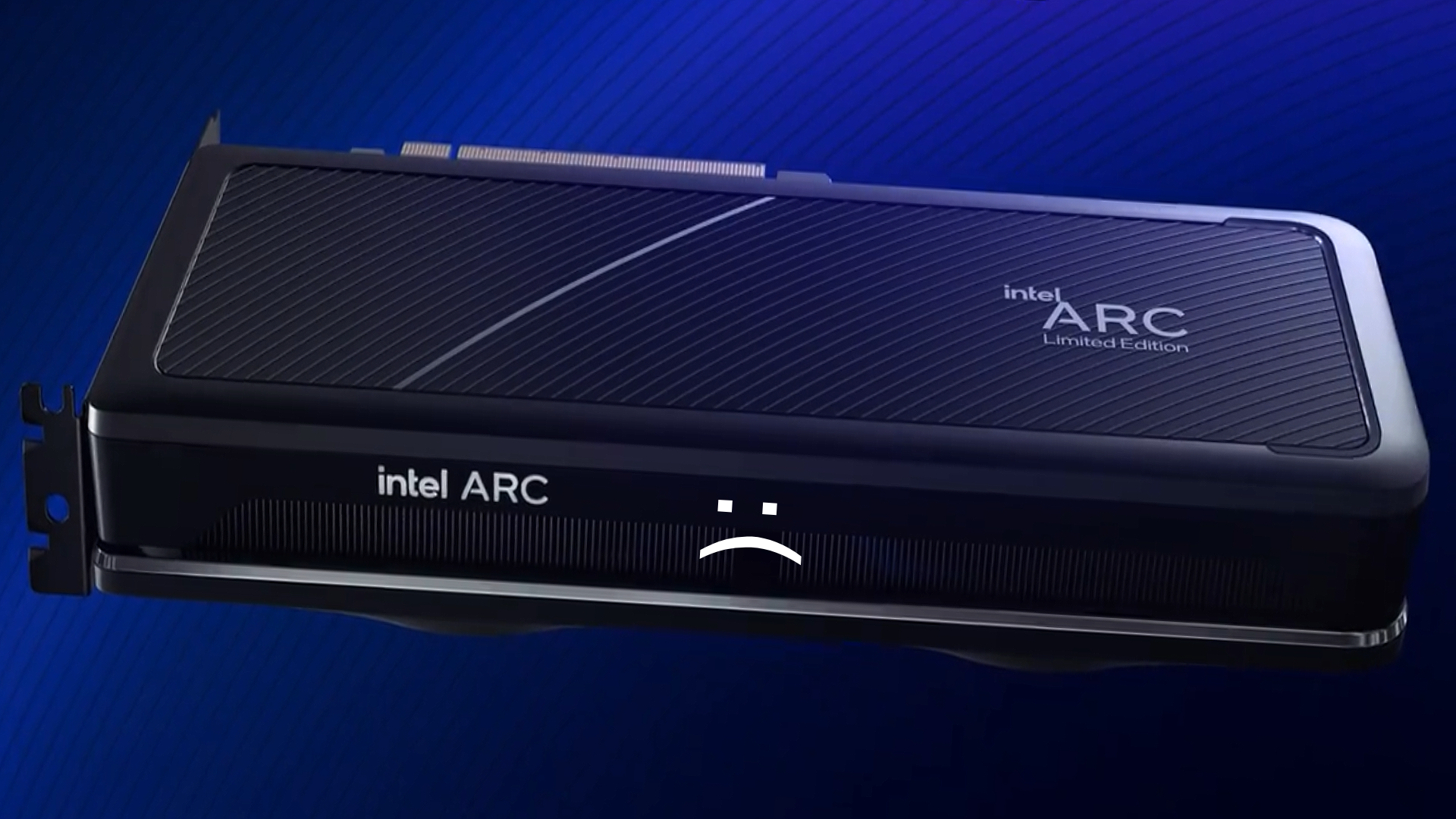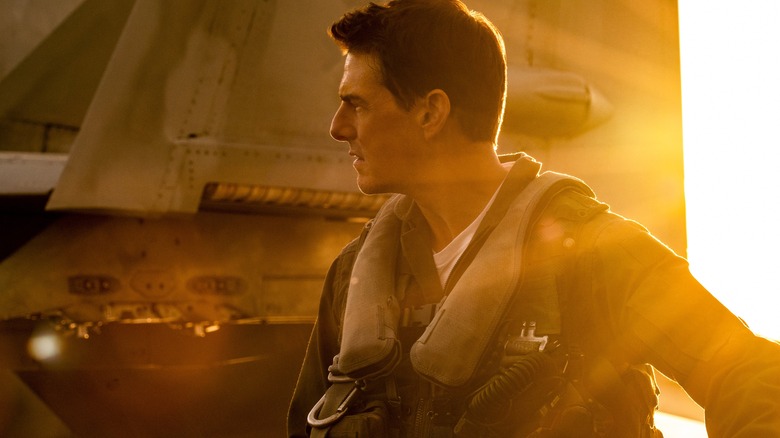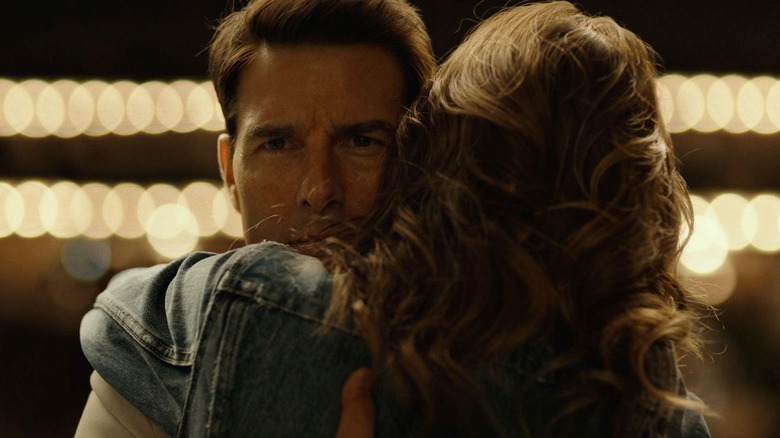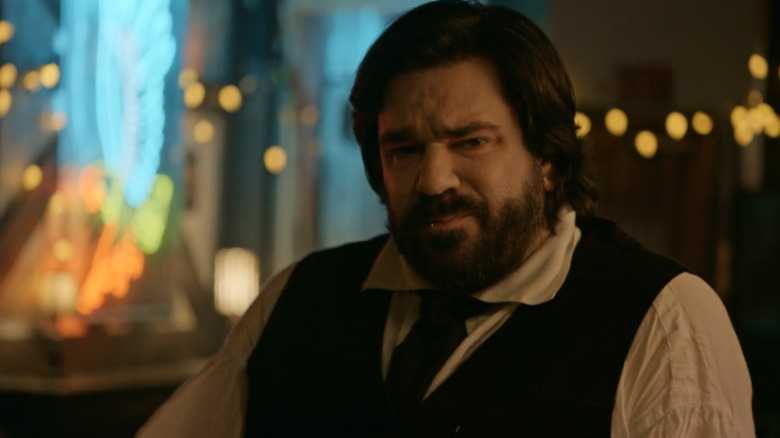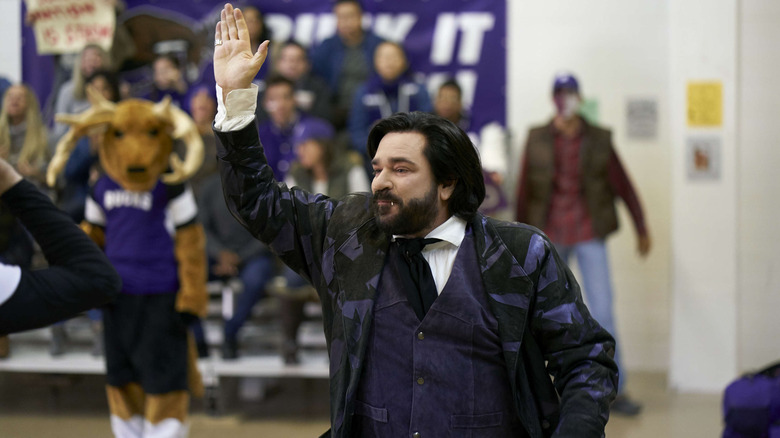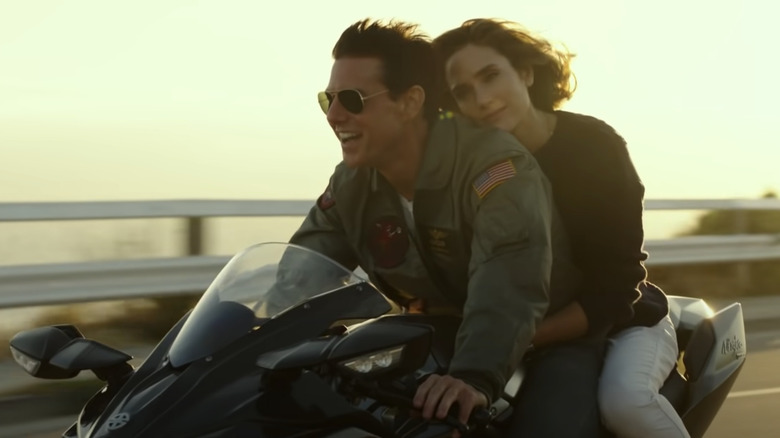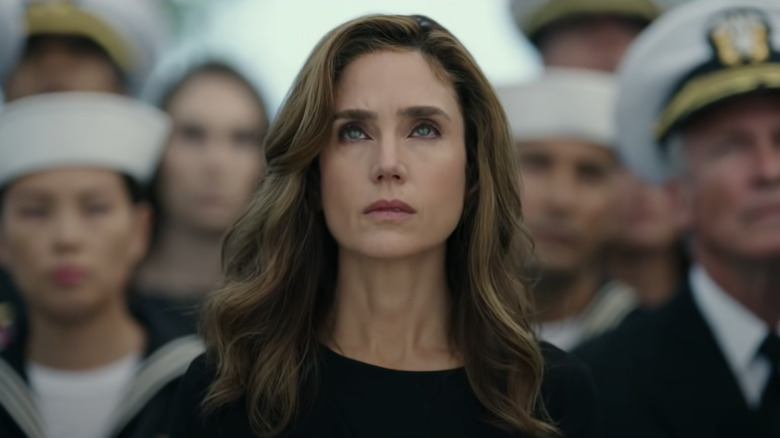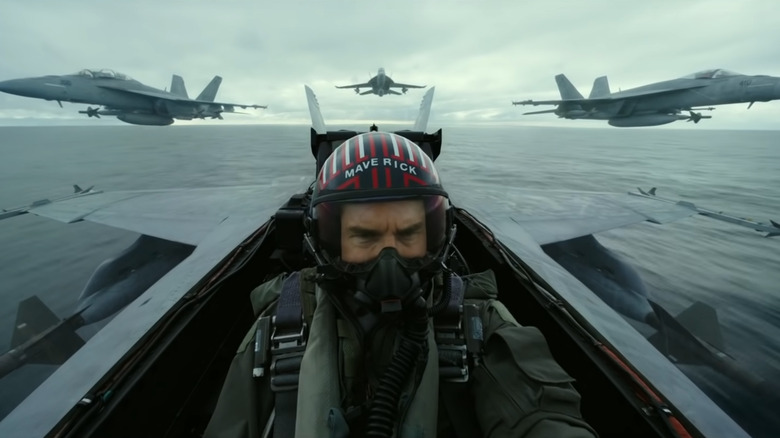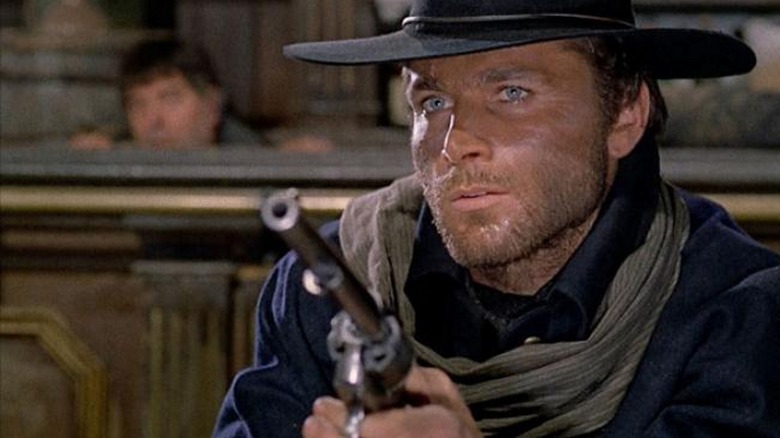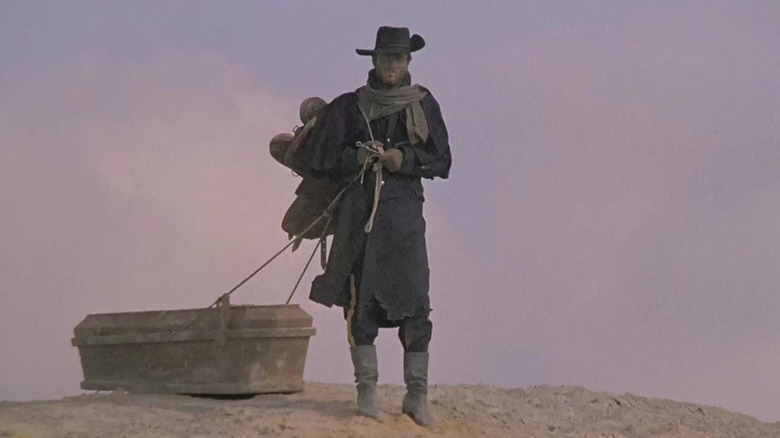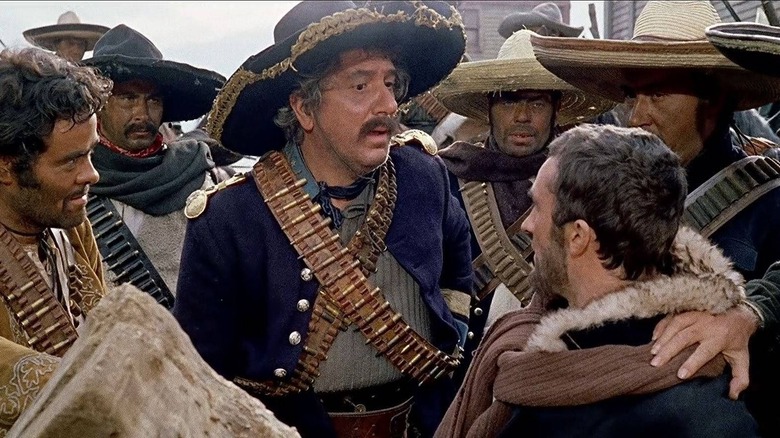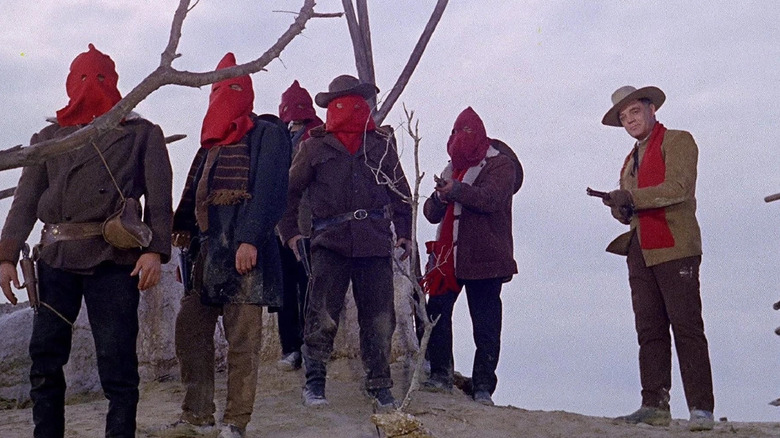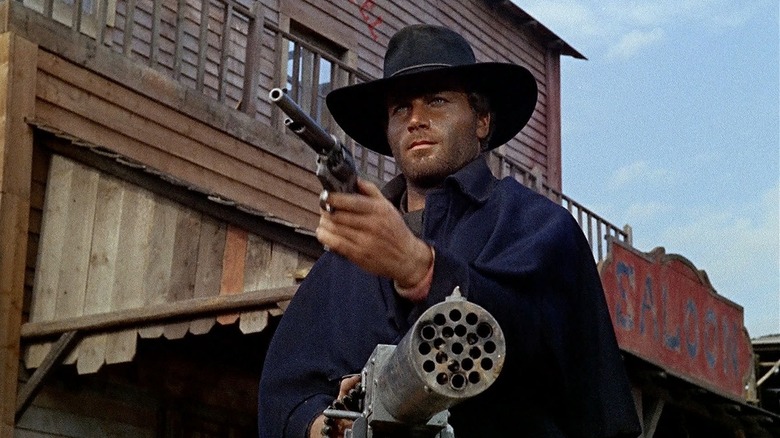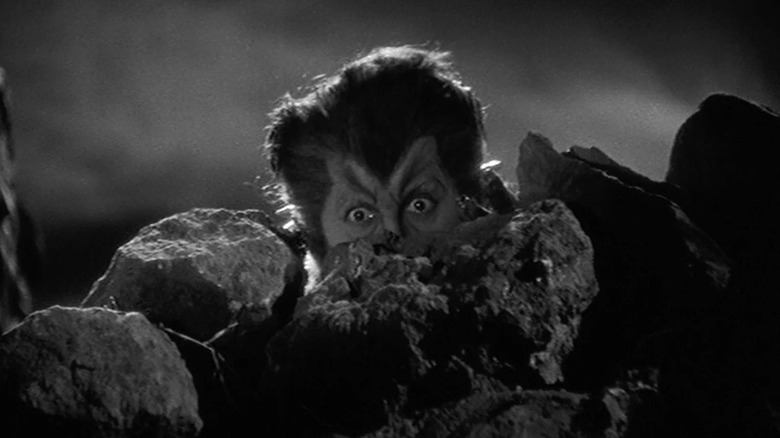
In the realm of creature features and monster movies, the werewolf flick occupies a unique spot. Typically speaking, monsters are monsters and people are people, but werewolf films feature characters who shift back and forth between human and creature. Not only does that offer room for mystery and intrigue, but it also means filmmakers get a crack at executing a memorable transformation sequence. Of course, most don't take real advantage of the opportunity, but it's there all the same.
You already know the high-profile werewolf movies, and I've previously highlighted some fun lesser-known ones you've probably missed, but who's up for a list of the 27 best werewolf movies of all time? For our purposes, we'll be limiting the picks to movies featuring a werewolf as a central element (meaning no "What We Do in the Shadows" or "Trick 'r Treat") and in which the werewolf is real (as opposed to ones that reveal it was just a serial killer, lion in a costume, etc.).
Keep reading for a look at the 27 best werewolf movies ever made!
An American Werewolf In London
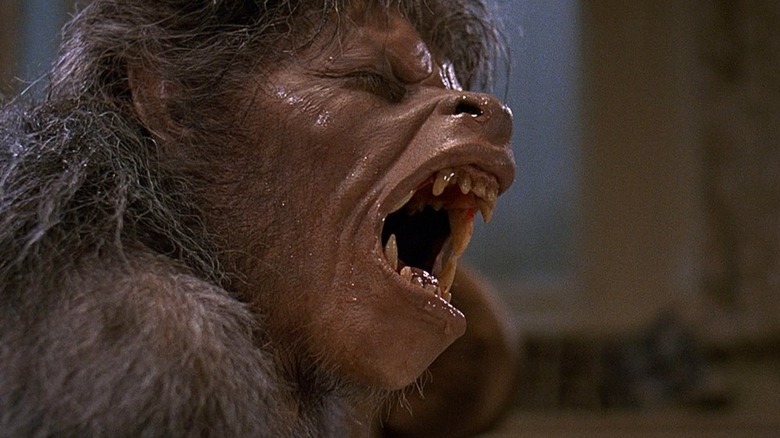
Two Americans backpacking in the UK are attacked by a beast on the moors. One becomes a werewolf while the other returns as a slowly rotting corpse, urging his friend to kill himself before he commits murder. And it's a comedy! 1981 was an epic year for the werewolf subgenre with the release of two certified classics (placing a reminder here that as much as I love "Wolfen" it is not a werewolf movie), and this is arguably the best of the bunch. Rick Baker's work on the transformation scene delivers physicality, awe, and pain. And it still beats any CG werewolf sequence.
- Starring: David Naughton, Griffin Dunne, Jenny Agutter
- Director: John Landis
- Year: 1981
- Runtime: 97 minutes
- Rating: R
- Rotten Tomatoes Score: 89%
Bad Moon
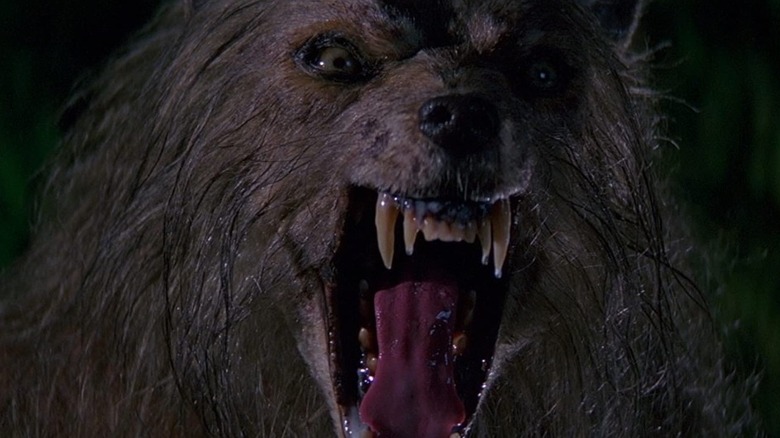
A jungle vacation leaves a man doomed to a life of lycanthropy, but he hopes to find solace in a visit with his sister. Unfortunately for him, their family dog isn't interested in welcoming lupine visitors. The source novel, Wayne Smith's "Thor," tells its tale from the point of view of the family dog. While the film drops that angle, it still affords plenty of screen time for the German Shepherd, as he's ultimately the real hero. Solid practical effects (marred slightly by some optical nonsense), copious bloodletting, and an engaging family dynamic make for a good time.
- Starring: Mariel Hemingway, Michael Paré, Mason Gamble
- Director: Eric Red
- Year: 1996
- Runtime: 80 minutes
- Rating: R
- Rotten Tomatoes Score: 30%
The Beast And The Magic Sword
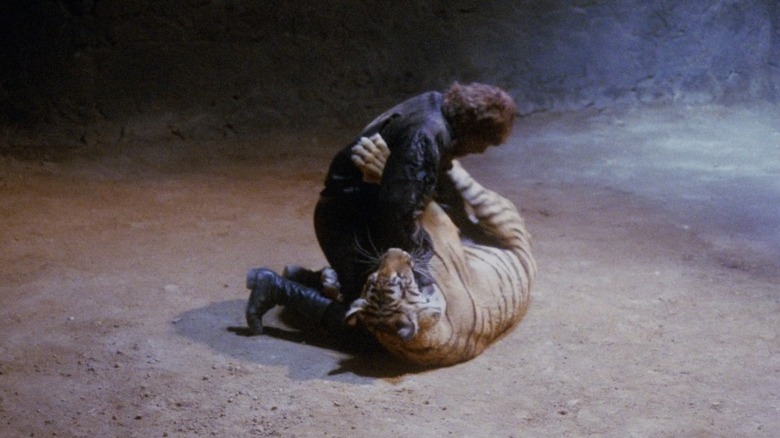
Waldemar Daninsky is a 16th-century werewolf, and he's not too happy about it. He heads to Japan in search of a cure, but he finds only witches, ninjas, and a very hungry tiger. Paul Naschy made several films focused on the Daninsky character, and while none would crack a top 10 list of werewolf movies, two have made the cut here due to their creativity and vitality. Fur flies as frequently as the exposition, but there's a joy to seeing Naschy meld genres with a serious affection for the material.
- Starring: Paul Naschy, Shigeru Amachi, Gérard Tichy
- Director: Paul Naschy
- Year: 1983Runtime: 115 minutes
- Rating: n/a
- Rotten Tomatoes Score: n/a
The Beast Must Die
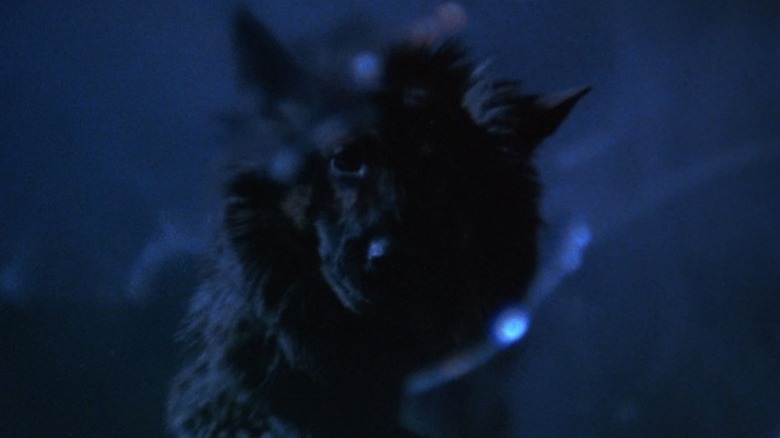
An eccentric millionaire invites friends and colleagues to his lavish estate for a single purpose: He believes one of them to be a werewolf. Think werewolf movie by way of an Agatha Christie mystery, and you'll be on the right page with this '70s gem that revels in its whodunnit nature. It's cheesy at times, and the werewolf's final form is essentially a dog, but the mystery is solid. You can't knock a film that literally pauses during the third act for a "werewolf break" to give viewers time to lock down their suspicions.
- Starring: Calvin Lockhart, Peter Cushing, Charles Gray
- Director: Paul Annett
- Year: 1974
- Runtime: 93 minutes
- Rating: PG
- Rotten Tomatoes Score: 50%
The Company Of Wolves
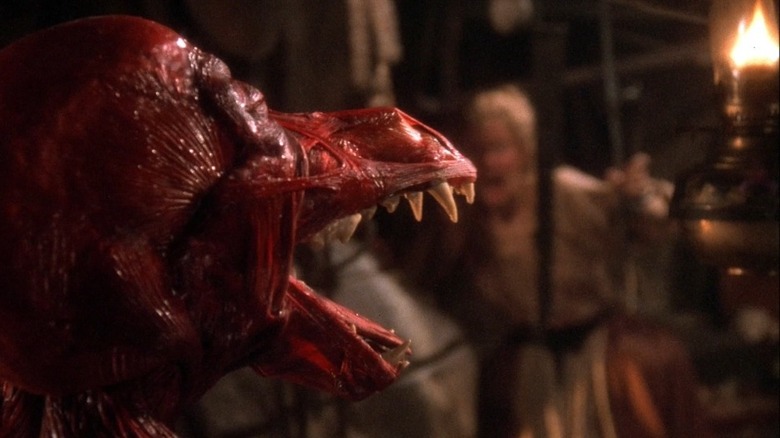
"Don't trust men whose eyebrows meet in the middle," says Angela Lansbury, and you'd be right to listen. A cautionary lesson in the form of a fairy tale, Neil Jordan's sumptuous film finds drama, romance, and atmosphere to spare. Thankfully, it also gifts viewers with some highly memorable werewolf transformations and sequences as the beasts literally tear their human flesh off to reveal the hairy beasts within. It's "Little Red Riding Hood" imbued with lust, grue, and wisdom.
- Starring: Angela Lansbury, David Warner, Stephen Rea
- Director: Neil Jordan
- Year: 1984Runtime: 95 minutes
- Rating: R
- Rotten Tomatoes Score: 81%
The Curse Of The Werewolf
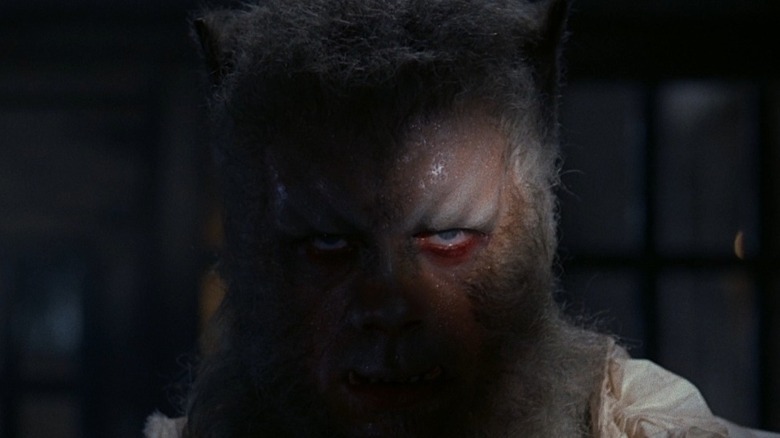
An adopted boy grows into a man and discovers that his blood bears a devilish curse. He is doomed to become a werewolf unless he finds someone to love him for who he is and not the upper-class position he holds. There are admittedly far too few werewolf shenanigans to be found here, but they satisfy once unleashed in the film's third act. Instead, the big draw here is its look at class, power, and the abuses born by each. And let's be honest, you can never go wrong with young Oliver Reed.
- Starring: Oliver Reed, Clifford Evans, Yvonne Romain
- Director: Terence Fisher
- Year: 1961
- Runtime: 91 minutes
- Rating: n/a
- Rotten Tomatoes Score: 50%
The Cursed
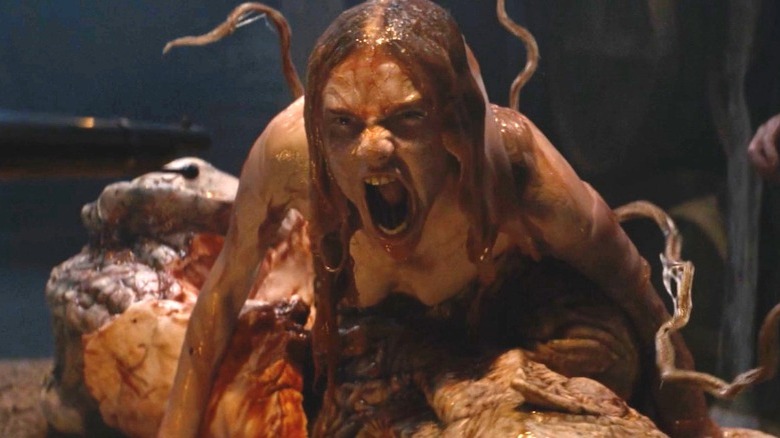
Villagers in 19th century France begin falling prey to a creature, and while the victims die horribly, the survivors suffer an even worse fate. While the superior "Brotherhood of the Wolf" explores the real-life story of the Beast of Gévaudan with a more grounded resolution, this new take on the story embraces a supernatural explanation. A curse brings a werewolf-like creature down on a wealthy family as punishment for their own acts of cruelty, and the film brings it to life with gorgeous cinematography, acts of gory brutality, and some dodgy CG. That last element is unfortunate, but the film's atmosphere and fresh mythology earn it a spot on this list.
- Starring: Boyd Holbrook, Kelly Reilly, Alistair Petrie
- Director: Sean Ellis
- Year: 2021
- Runtime: 112 minutes
- Rating: R
- Rotten Tomatoes Score: 74%
Dog Soldiers
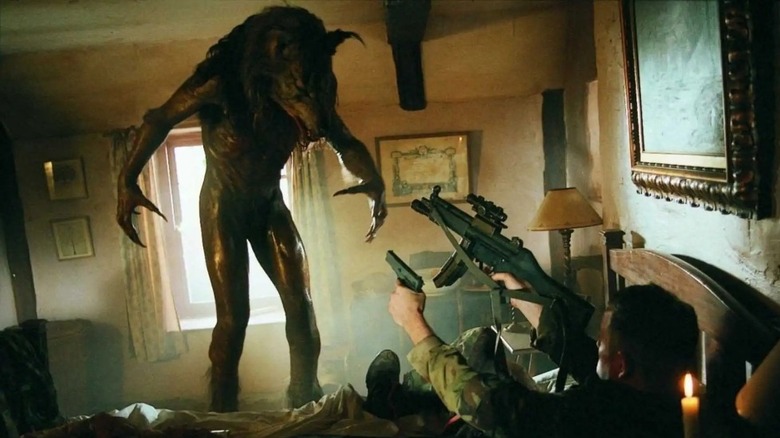
British soldiers on a training exercise in the Scottish Highlands find more than they bargained for when a werewolf begins tearing through their ranks. Familiar genre beats get a breath of fresh air when placed within unexpected setups and locations, and that's just what we get here as military men come face to face with a supernatural nightmare. Practical effects bring the uniquely designed beasts to bloody life while a strong cast grunts, wails, and fights their way towards one end or another. There's a fittingly gritty feel to all, thanks as much to being filmed on 16mm as to the intense, earthy atmosphere of it all.
- Starring: Sean Pertwee, Kevin McKidd, Liam Cunningham
- Director: Neil Marshall
- Year: 2002
- Runtime: 105 minutes
- Rating: R
- Rotten Tomatoes Score: 80%
Frankenstein Meets The Wolf Man

Awakened from his deathly slumber by graverobbers, Larry Talbot (Lon Chaney Jr.) is once again on the hunt for a cure to his lycanthropy or a guarantee of permanent death. Lon Chaney Jr.'s portrayal of Talbot remains the definitive one as he finds the empathy missing from so many others cursed by the bite. Here, he goes looking for Dr. Frankenstein's journals, but his attempt at self-help is interrupted by eternally panicked villagers and another mad scientist. The film sees Talbot extend his own empathy toward Frankenstein's monster (Bela Lugosi), leading them both on a path toward tragedy.
- Starring: Lon Chaney Jr., Bela Lugosi, Ilona Massey
- Director: Roy William Neill
- Year: 1943
- Runtime: 72 minutes
- Rating: n/a
- Rotten Tomatoes Score: 25%
Ginger Snaps
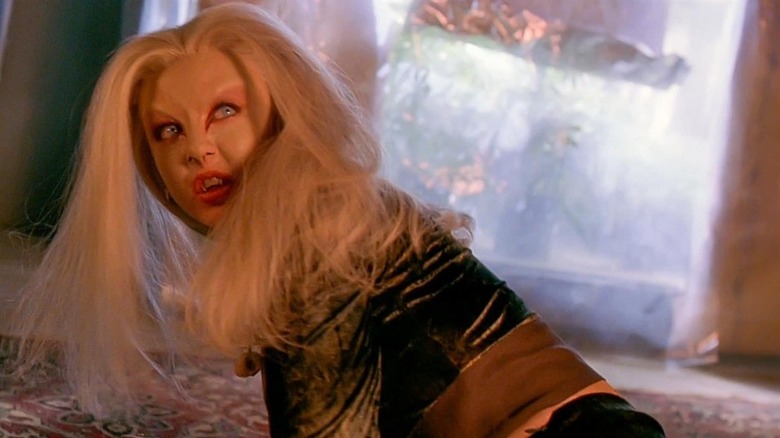
A teenager is attacked by a beast shortly after her first period strikes, and she soon realizes she's been turned into a werewolf. Why it took until the year 2000 for a film to link the monthly curse of lycanthropy with menstruation is anyone's guess, but the wait was very much worth it. The focus here is on a pair of sisters who are local outcasts even before things get hairy. Their story is as much one of female empowerment as it is about oppression within a patriarchal society. It's no dry sermon, though, and instead finds fun, drama, and terror in the sisters' journey. Fans can continue the story with the sequel and prequel (as well as a possible television series that may be heading our way).
- Starring: Katharine Isabelle, Emily Perkins, Mimi Rogers
- Director: John Fawcett
- Year: 2000
- Runtime: 108 minutes
- Rating: n/a
- Rotten Tomatoes Score: 89%
Good Manners
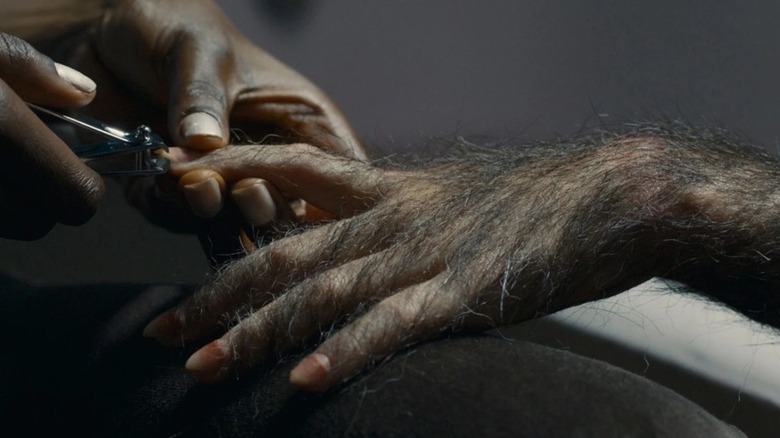
A young, pregnant, single woman hires a nanny in advance of her child's birth, but she soon begins to suspect her new employer is hiding something. The beauty of this Brazilian tale is that the werewolf elements don't even rear their hairy heads until an hour in, and that time is used to build character, mood, and atmosphere. More familiar beats arise in the back half, but there's still an appealing and affecting approach to the clash between motherhood and monster. If you still need convincing, just know that critically speaking, it's the highest-rated entry on this list.
- Starring: Isabél Zuaa, Marjorie Estiano, Miguel Lobo
- Directors: Marco Dutra, Juliana Rojas
- Year: 2017
- Runtime: 135 minutes
- Rating: PG
- Rotten Tomatoes Score: 96%
Howl
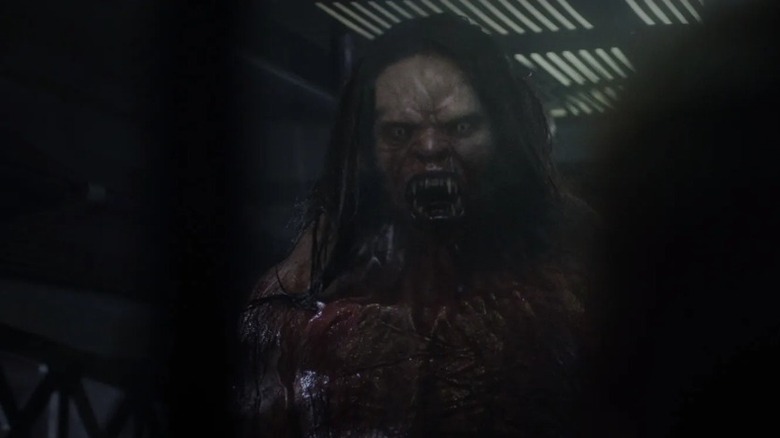
Passengers on a late-night train are upset when it breaks down in the middle of a forest, but at least they're not under attack by a vicious werewol — Oh, never mind. There are some visual flaws here, as the budget results in some underwhelming optical effects, but the practical makeup more than makes up for it. The beast is big, muscular, and coiffed with the finest heavy metal haircut you've ever seen. And it means business, as the passengers soon see their numbers dwindling with nothing but torn flesh and pools of blood to show for it.
- Starring: Ed Speelers, Shauna Macdonald, Elliot Cowan
- Director: Paul Hyett
- Year: 2015
- Runtime: 89 minutes
- Rating: n/a
- Rotten Tomatoes Score: 63%
The Howling
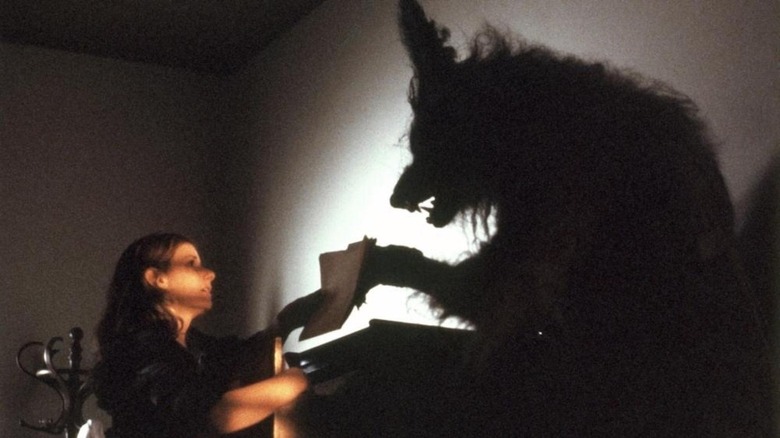
A newscaster heads to a remote resort to relax and recover after a run-in with a serial killer, but neither is on the agenda as she soon discovers that they're all on the menu instead. Joe Dante's fang-in-cheek slice of atmospheric horror is 1981's other great werewolf movie, and while a slew of sequels followed, none can touch the blend of goofiness and kick-ass werewolfery that this gem still delivers. Special effects master Rob Bottin's werewolf transformation scene is a practical makeup effects delight, and the film manages some unsettling sequences in between the silliness.
- Starring: Dee Wallace, Patrick Macnee, Dennis Dugan
- Director: Joe Dante
- Year: 1981
- Runtime: 91 minutes
- Rating: R
- Rotten Tomatoes Score: 73%
Late Phases
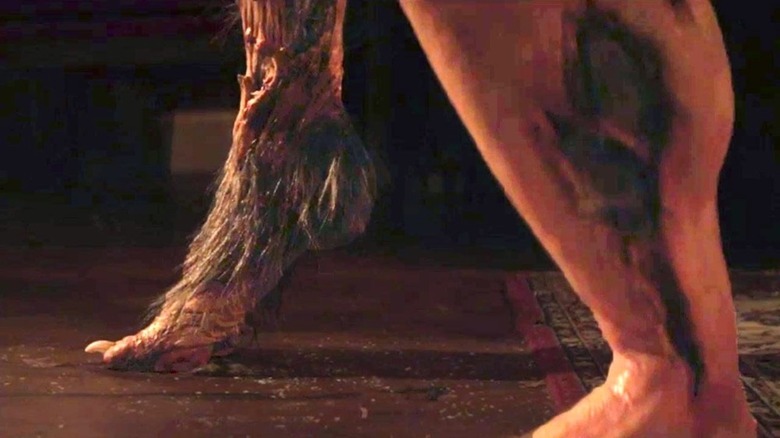
A blind war veteran relocates to a tired retirement community expecting to be bored, but it's anything but dull thanks to a spate of killings that might just be the work of a werewolf. Spoiler: They are, and soon, the monster has the blind man in its sights. There are more than a few movies about blind protagonists pursued by villains, but this is the first to introduce a werewolf into the mix. The result is a solid survival tale with a strong lead character, terrific practical effects, and a curious werewolf design choice.
- Starring: Nick Damici, Ethan Embry, Lance Guest
- Director: Adrian Garcia Bogliano
- Year: 2014
- Runtime: 95 minutes
- Rating: n/a
- Rotten Tomatoes Score: 62%
Night Of The Werewolf
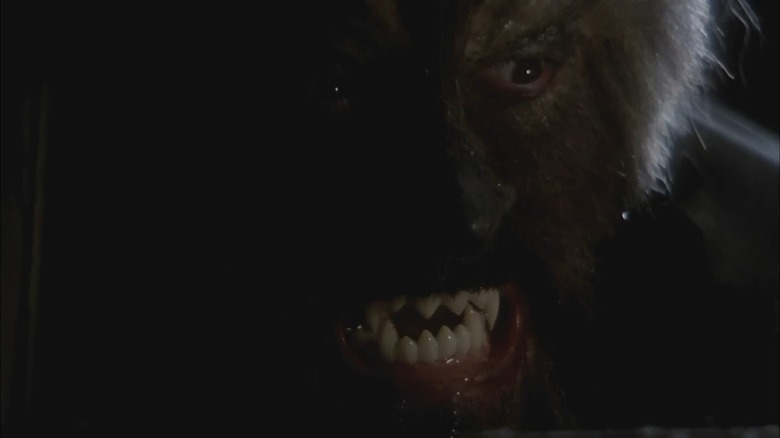
Waldemar Daninsky is back, baby! And this time he's up against the infamous Countess Bathory (Julia Saly) whose bloodlust knows no bounds. Both have been resurrected after their 16th-century deaths, and the only hope the world has against vampiric seduction is a hairy Paul Naschy. This is arguably the most purely entertaining entry in the franchise as Naschy goes fangs deep with the pseudo-Gothic atmosphere, blood reds, saucy T&A, and monster mayhem. His films are a vibe unto themselves, and if you're on board with his sincere lunacy, you are in for a good time.
- Starring: Paul Naschy, Julia Saly, Silvia Aguilar
- Director: Paul Naschy
- Year: 1981
- Runtime: 92 minutes
- Rating: R
- Rotten Tomatoes Score: n/a
Silver Bullet
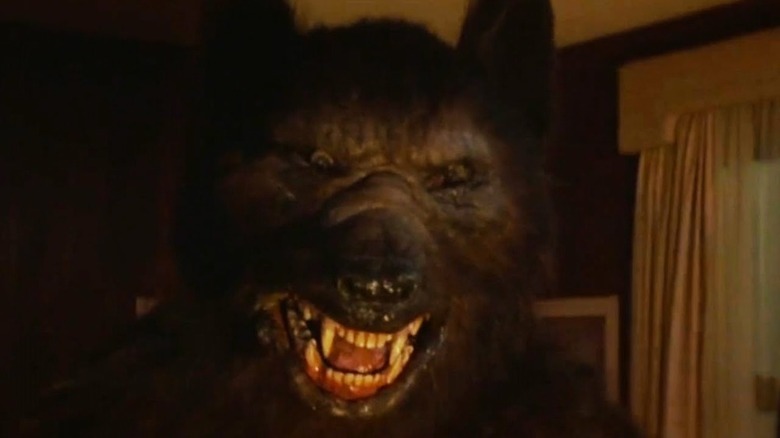
A paraplegic teen suspects someone in his small town is a werewolf, but only his sister and their irresponsible uncle believe him. Stephen King's "Cycle of the Werewolf" gets the feature adaptation here, and the result is a highly entertaining coming-of-age tale. We watch through the free-spirited eyes of youth as a cynicism towards authority figures is earned, and we have fun all the while. Gary Busey is having a blast, Corey Haim is enjoying an early lead role, and the werewolves tearing it up during a sermon is an all-timer of a scene.
- Starring: Corey Haim, Gary Busey, Everett McGill
- Director: Daniel Attias
- Year: 1985
- Runtime: 95 minutes
- Rating: R
- Rotten Tomatoes Score: 45%
Wer
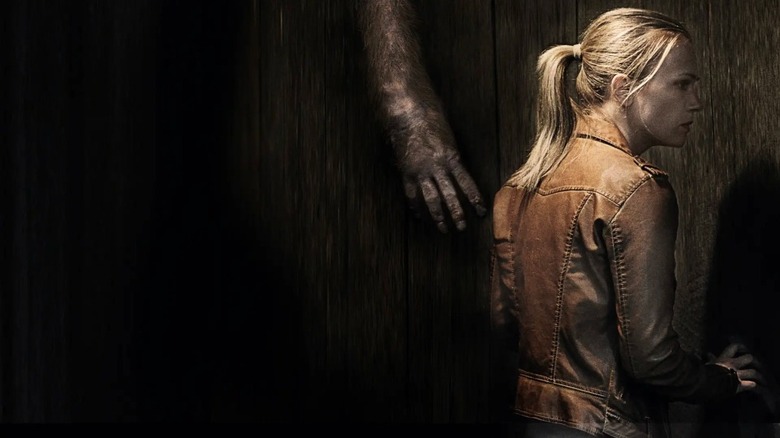
A lawyer defending her client on murder charges begins to think he might be a monster — not just a killer but an actual monster. This one doesn't get the love it deserves (I blame the title), but genre fans should give it a spin as it delivers a high body count and an interesting approach to the central mythology. Things get bloody at times, and the action kicks up a notch or three in the back half, including a scene that sees a werewolf toss a cop towards a moving helicopter. It's a small film with big, toothy aspirations.
- Starring: A.J. Cooke, Sebastian Roché, Brian Scott O'Connor
- Director: William Brent Bell
- Year: 2013
- Runtime: 93 minutes
- Rating: R
- Rotten Tomatoes Audience Score: 40%
Werewolf Of London
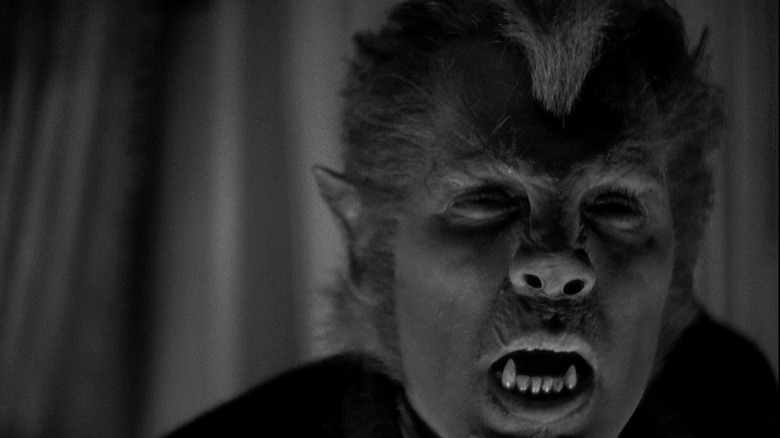
A botanist returning to London sees his arrival set off a string of attacks throughout the city. It seems he brought back something more than flowers from his Tibetan vacation. This might surprise you, but Universal Pictures produced this werewolf tale a full six years before nailing the formula with 1941's "The Wolf Man." Makeup legend Jack Pierce worked on both creatures, and it's interesting seeing the choices made between them. This film also plays up humorous elements with mixed results, but it's worth a watch for its place in genre history.
- Starring: Henry Hull, Warner Oland, Valerie Hobson
- Director: Stuart Walker
- Year: 1935
- Runtime: 75 minutes
- Rating: n/a
- Rotten Tomatoes Score: 77%
Werewolves On Wheels
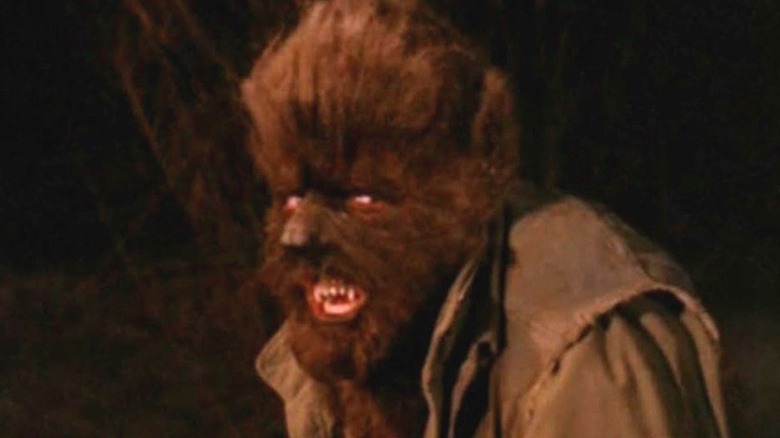
A biker gang breaks up a satanic ceremony but pays the price when one of their own is cursed by mad monks. Soon the deaths are piling up, and the only response is a return to the unholy church where it all began. As werewolf movie premises go, this one is right up there with a title to match, and while it doesn't deliver quite what you're hoping for, there's still some good biker exploitation fun to be found. The occult angle comes in hard, the leather and denim-clad bikers hit even harder, and there's just enough werewolf on a motorcycle to prevent the title from being a lie.
- Starring: Steve Oliver, Donna Anders, Gene Shane
- Director: Michael Levesque
- Year: 1971
- Runtime: 80 minutes
- Rating: R
- Rotten Tomatoes Audience Score: 24%
Werewolves Within
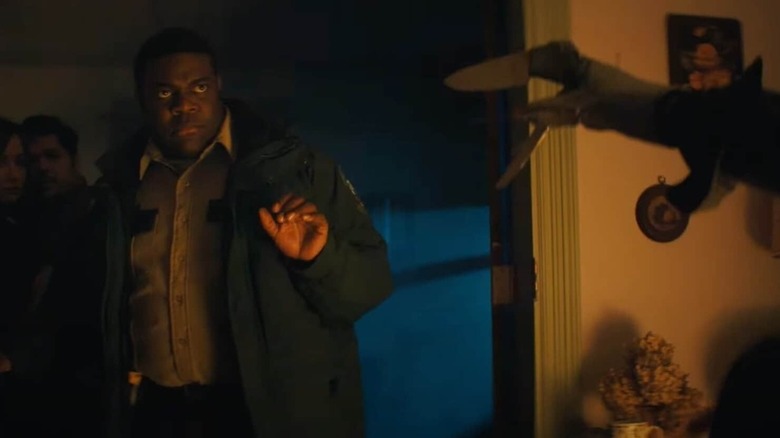
A newly assigned park ranger finds his quiet town turning into a bloodbath just as a winter storm isolates them from the rest of the world. Horror comedies are tough business, but this riotously funny werewolf flick nails the assignment. Bloody killings, big laughs, and a legitimate mystery as to who among them is the beast make for a wonderfully entertaining time. The cast and script are pitch-perfect in delivering both the humor and the red herrings leading to a surprising and thrilling finale. Make it a double feature with "The Beast Must Die," and you'll be in werewolf mystery heaven.
- Starring: Sam Richardson, Milana Vayntrub, Harvey Guillén
- Director: Josh Ruben
- Year: 2021
- Runtime: 97 minutes
- Rating: R
- Rotten Tomatoes Score: 86%
When Animals Dream
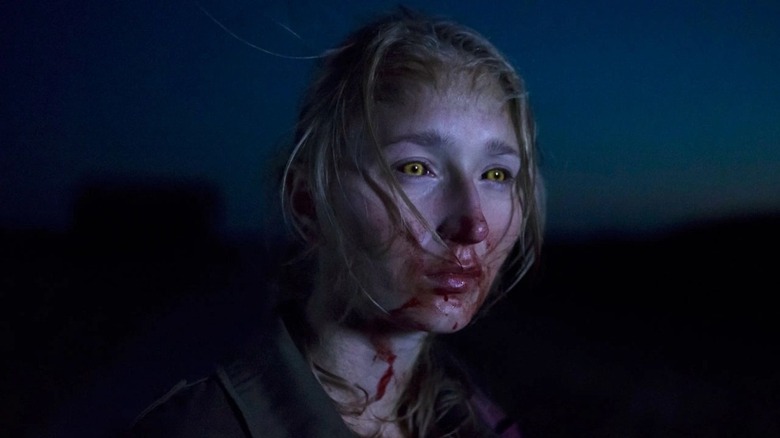
A teenager living in a small island community struggles with her parents' past and her present, and her internal struggle is only amplified when a series of mysterious deaths occur. Think sheltered Danish love child of "Let the Right One In" and "Ginger Snaps," and you'll have an idea of what the film is going for. It doesn't quite hit all of its marks, but there's still a somber beauty here in the form of a haunting coming-of-age tale. It's a definite slow burn, though, so stick with it till the very end.
- Starring: Sonia Suhl, Lars Mikkelsen, Sonja Richter
- Director: Jonas Alexander Arnby
- Year: 2014
- Runtime: 85 minutes
- Rating: R
- Rotten Tomatoes Score: 73%
Wolf
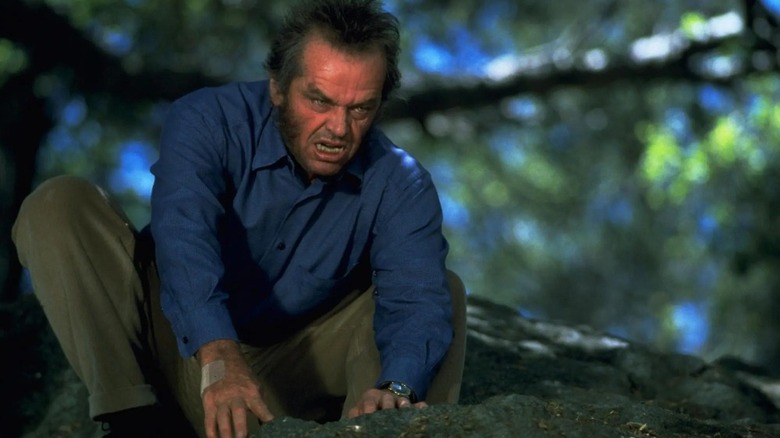
An over-the-hill book publisher loses out on a promotion and is then bit by a werewolf. His day gets better, though, when he realizes he can use his new powers to woo Michelle Pfeiffer. The werewolf antics are genre dressing on a tale of male politics, literary in-jokes, and big acting, but that's not a knock. Jack Nicholson's ranting and howling are worth the price of admission — cheap for us, but $70 million for Columbia Pictures in 1994 — and the battle between him and James Spader delivers an entertaining and amusing time.
- Starring: Jack Nicholson, James Spader, Michelle Pfeiffer
- Director: Mike Nichols
- Year: 1994
- Runtime: 125 minutes
- Rating: R
- Rotten Tomatoes Score: 63%
Wolf Children
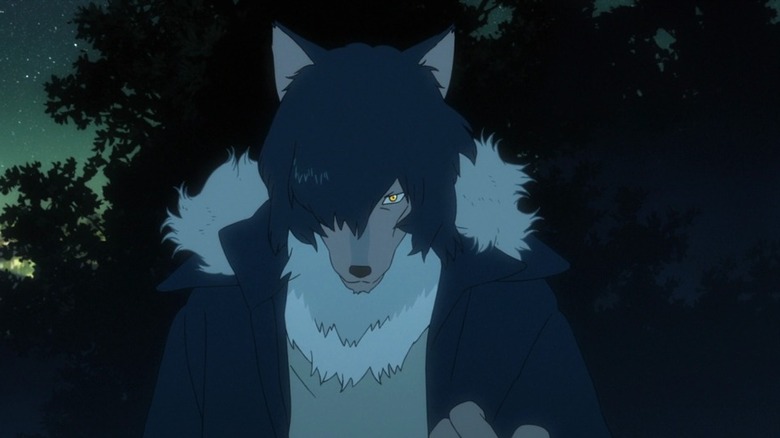
A recently widowed mother of two struggles to raise her children alone, even as things grow more complicated by their increasing display of werewolf traits. It shouldn't surprise anyone that the only animated film to make the list comes from the director of "Summer Wars" and "The Boy and the Beast." All three films explore human relationships by way of people's interactions with non-humans, and here the focus is narrowed further by the wild highs and lows of motherhood. While most of the films here are horror, this is an emotionally affecting, beautifully animated drama. Find the time for it.
- Starring: Aoi Miyazaki, Takao Osawa, Haru Kuroki
- Director: Mamoru Hosoda
- Year: 2012
- Runtime: 117 minutes
- Rating: PG
- Rotten Tomatoes Score: 95%
Wolf Guy
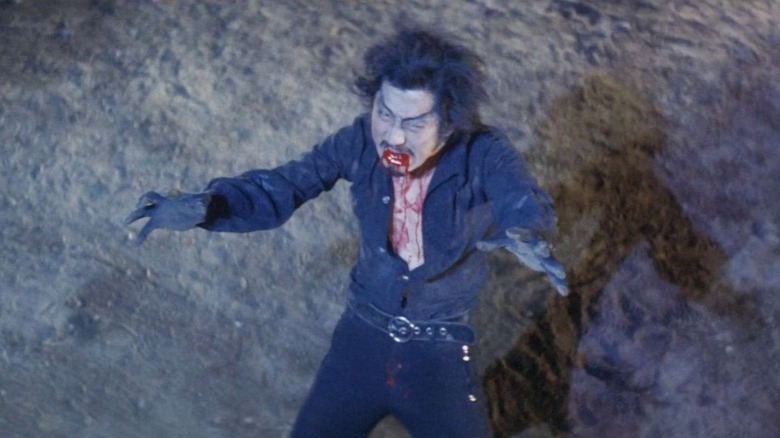
Akira Inugami (Shin'ichi "Sonny" Chiba) is a crime-fighting werewolf. Do you honestly need more than that before seeking out this wild, weird, and thrilling Japanese gem? He's the last of his kind, and his latest case involves an invisible tiger slashing its way through unwary victims. The story moves fast, almost as fast as the fists, feet, and blades flying through the film's numerous fight scenes. The filmmaking is equally energetic with its zooms, pans, and bold colors. Does it make any sense? Who's to say? But it sure is a lot of bonkers '70s fun!
- Starring: Shin'ichi "Sonny" Chiba, Kyosuke Machida, Yuriko Azuma
- Director: Kazuhiko Yamaguchi
- Year: 1975
- Runtime: 86 minutes
- Rating: n/a
- Rotten Tomatoes Audience Score: 18%
The Wolf Man
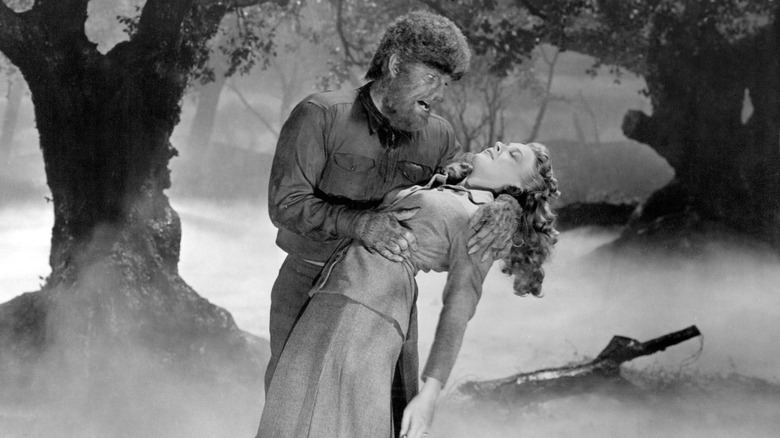
Larry Talbot (Lon Chaney Jr.) is bitten by a werewolf, and it doesn't bode well for the rest of his very short life. While it's not quite the original (see "Werewolf of London" above), it's understandably considered the OG of werewolf movies. As mentioned previously, Lon Chaney Jr.'s sympathetic portrayal of a man cursed with lycanthropy gives the film heart and pathos, and it leads the story towards tragedy. Time-lapse transformations may seem dated, but combined with a strong lead performance, an engaging tale of sacrifice, and attractive black and white cinematography, the film is timeless.
- Starring: Lon Chaney Jr., Claude Rains, Bela Lugosi
- Director: George Waggner
- Year: 1941
- Runtime: 70 minutes
- Rating: n/a
- Rotten Tomatoes Score: 90%
Wolfcop
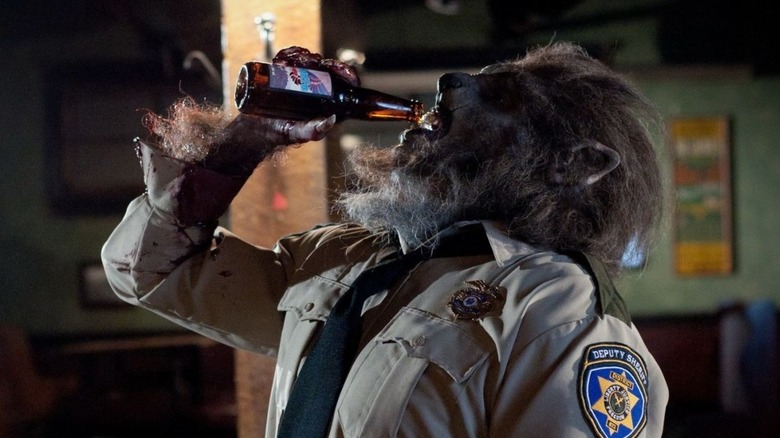
Lou Garou (Leo Fafard) is a cop battling boredom and alcoholism, but both take a backseat when he crosses paths with a creepy cult and wakes up with heightened sense, hairy palms, and a pentagram carved into his chest. As werewolf comedies go, this silly slice of Canadian cheese is a barrage of broadly crafted humor that you'll either enjoy or despise. It's gleefully R-rated, as evidenced by a transformation scene that starts with Lou's giblets before moving throughout the rest of his body. The laughs don't always land, but there's enough goofy joy here to make for an entertaining romp in the moonlight.
- Starring: Leo Fafard, Amy Matysio, Sarah Lind
- Director: Lowell Dean
- Year: 2014
- Runtime: 79 minutes
- Rating: n/a
- Rotten Tomatoes Score: 65%
The Wolfman
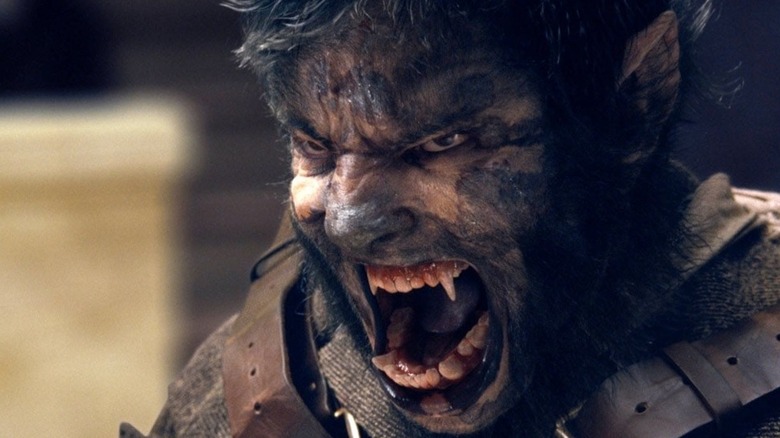
Lawrence Talbot (Benicio Del Toro) is bitten by a werewolf while investigating his brother's death at the teeth and claws of a wolf-like creature, and he soon discovers that he's now cursed to become a monster with the rise of the full moon. Years before Universal kicked off its ill-fated Dark Universe, the studio took an expensive stab remaking its 1941 classic. There's no arguing with the cast, Danny Elfman's score, or Shelly Johnson's cinematography, but hiring legendary makeup effects artist Rick Baker and then using CG for the transformations is a major red flag. Still, a big-budget werewolf movie delivers the scope and visuals that most others can't reach.
- Starring: Benicio Del Toro, Anthony Hopkins, Emily Blunt
- Director: Joe Johnston
- Year: 2010
- Runtime: 102 minutes
- Rating: R
- Rotten Tomatoes Score: 34%
Read this next: The 15 Best Final Girls In Horror Movies Ranked
The post 27 Best Werewolf Movies Ever appeared first on /Film.
